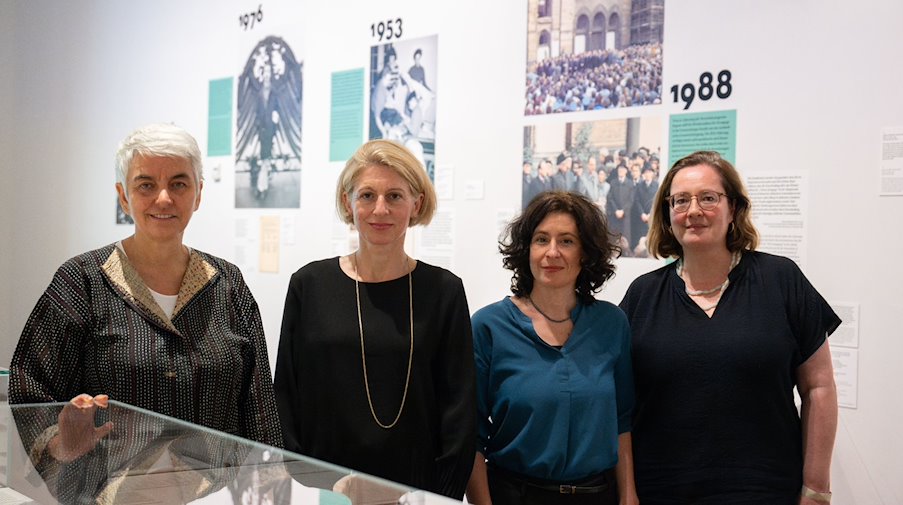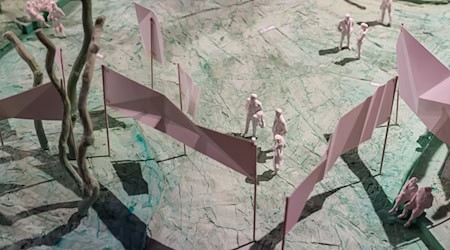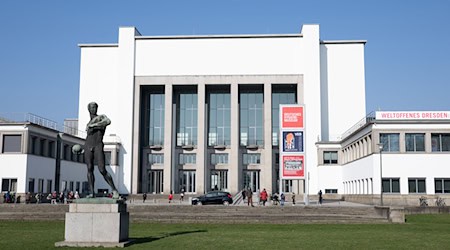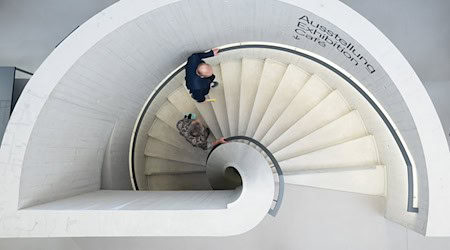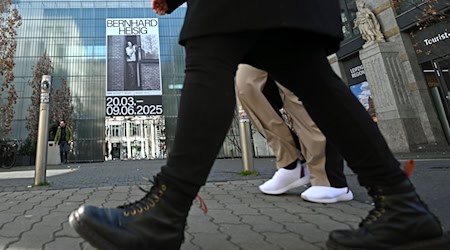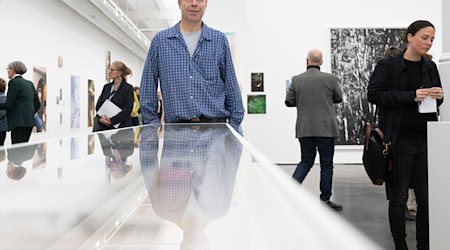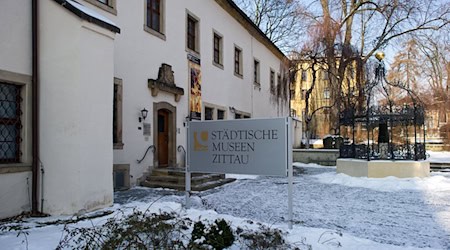Life in the eight Jewish communities of the GDR is the focus of the exhibition "Another Country. Jewish in the GDR" at the Jewish Museum Berlin. Starting Friday and running through Jan. 14, the exhibition will feature personal objects from contemporary witnesses and their descendants about Jewish experiences in that German state, telling their stories and thus providing individual Jewish perspectives.
"The stories open up a variety of insights into the lives of Jews," museum director Hetty Berg said Wednesday in Berlin. The experiences were very different, she said. "Some had fled Germany before the Nazis and returned to the Soviet zone after 1945." Others had survived the concentration camps or survived the Nazi era in hiding.
"After the shock, many of them hoped to build a free, anti-fascist state with the GDR," Berg said. According to her, many contemporary witnesses used the phrase "another country" for this in interviews. The exhibition now gives "explicit Jewish perspectives on German postwar history space."
Numerous personal documents are linked in the museum rooms with works of art, films or literature. According to Berg, this is intended to show "what it meant to be Jewish in the GDR."
In addition to the largest community in East Berlin, the exhibition looks at the smaller communities of Dresden, Leipzig, Magdeburg, Erfurt, Schwerin, Halle and Karl-Marx-Stadt, now Chemnitz. The focus is on everyday and social history, the flight movement to the West in the early 1950s or reactions to the 1967 Six-Day War between Israel and Egypt, Jordan as well as Syria.
Copyright 2023, dpa (www.dpa.de). All rights reserved

